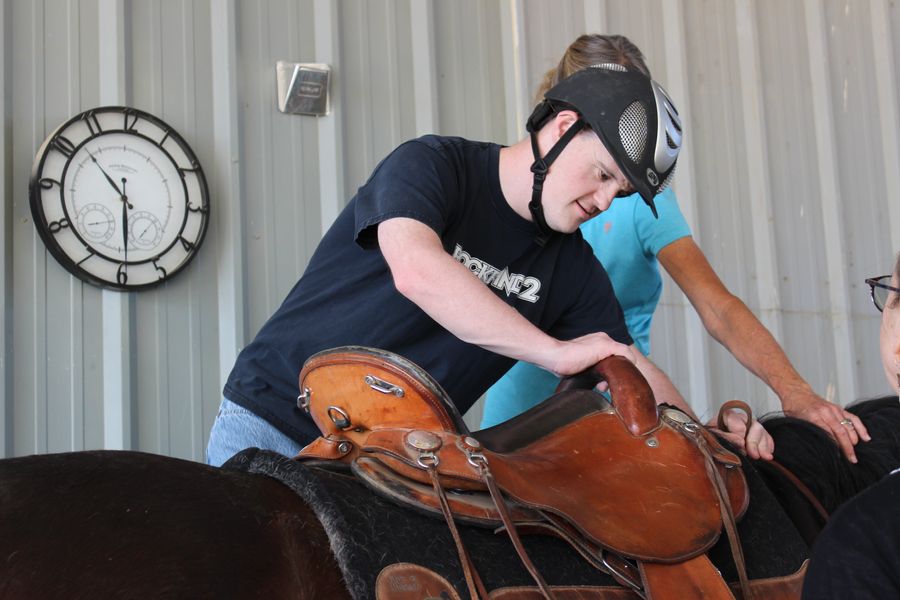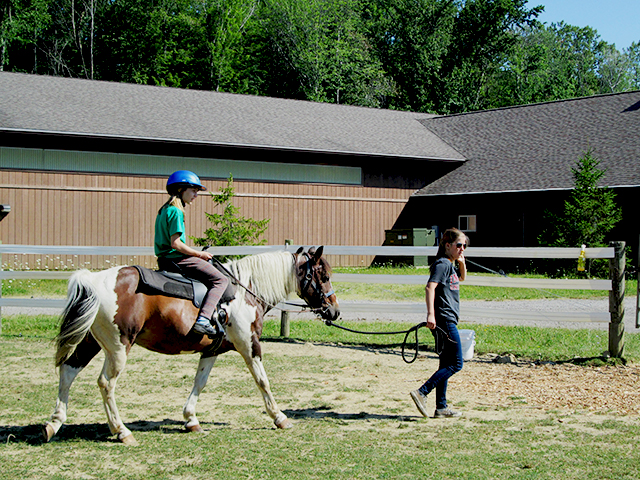Teaching Your Kids About Horse Responsibility

Teaching children how to responsibly care for horses is a valuable life lesson that combines empathy, discipline, and practical skills. This article explores effective ways to instill a sense of responsibility in kids through horse care, ensuring they develop respect for animals and learn important personal values.
Why Teach Kids About Horse Responsibility?

- Builds Empathy: Caring for horses helps children understand the needs and feelings of another living being.
- Encourages Discipline: Regular horse care routines teach consistency and commitment.
- Promotes Physical Activity: Handling horses involves exercise and outdoor time.
- Develops Life Skills: Responsibility, time management, and problem-solving are enhanced.
Key Responsibilities in Horse Care for Kids

| Responsibility Area | Description | Tips for Teaching Kids |
|---|---|---|
| Feeding | Providing the right type and amount of food | Use visual schedules and involve kids in measuring feed |
| Grooming | Brushing and cleaning the horse to maintain health | Demonstrate techniques and supervise closely |
| Exercise | Ensuring the horse gets adequate physical activity | Plan fun riding or groundwork sessions |
| Cleaning Stalls | Maintaining a clean living environment for the horse | Turn it into a game or challenge to motivate kids |
| Safety | Understanding how to safely interact with horses | Teach horse body language and safe handling practices |
Step-by-Step Guide to Teaching Horse Responsibility

- Start with Basics: Introduce children to horses and explain their needs.
- Demonstrate Tasks: Show how to feed, groom, and care for the horse.
- Supervised Practice: Let kids try tasks under adult supervision.
- Create a Routine: Establish a consistent schedule for horse care.
- Encourage Questions: Foster curiosity and learning.
- Praise and Reward: Recognize efforts to build confidence.
Frequently Asked Questions (FAQ)
Q1: At what age can kids start learning horse care?
A: Children as young as 5 can begin with simple tasks like grooming with supervision.
Q2: How can I ensure my child’s safety around horses?
A: Always supervise interactions, teach safe handling, and use appropriate safety gear.
Q3: What if my child is afraid of horses?
A: Start with gentle exposure and build trust gradually; patience is key.
Q4: How do I keep my child motivated?
A: Make activities fun, set achievable goals, and celebrate progress.
Conclusion
Teaching kids about horse responsibility is more than just animal care; it’s about nurturing empathy, discipline, and confidence. With patience and structured guidance, children can develop a lifelong appreciation for horses and the values that come with caring for them.
